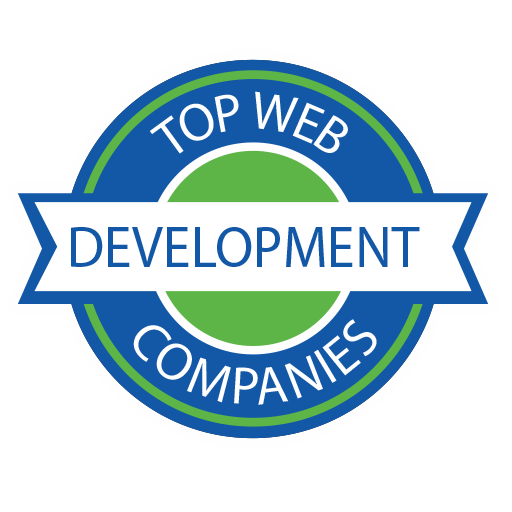Learning Management System for Business
October 12, 2022



Learning never stops. It’s either onboarding or training employees, supporting clients, or upgrading to a new system…
Or maybe something entirely else.
As a general concept, whatever way you choose to deal with knowledge sharing is your learning management system.
We know. It can get tiresome. This is why, as is the case with most things these days… there’s software for that.
Learning management software (LMS) can make the process much easier for trainers and learners alike thanks to many useful features like:
- Content libraries
- Automation
- Progress tracking
- Course management, etc.
Think of it like CRM but for learning.
A great LMS training software is robust in the sense that it offers you a lot of help but easy enough to use that it doesn’t require extra work from you.
So let’s break down exactly how it works, compare your options, and make your learning life easier.
What is LMS Software?

LMS software is a platform created to support, automate, simplify, and streamline learning for companies and educational institutions.
It provides a structure and framework for different types of elearning. Let’s talk about why.
Purpose of an LMS
An LMS manages and delivers all types of content such as documents, audio, and video.
However, they will include features such as rubrics, discussion boards, teacher and instructor-facilitated learning, and they often use a syllabus. Syllabuses are rare in corporate training but courses may start with heading-level indexes to give learners an overview of the topics to be covered.
Benefits of LMS Software
LMS software provides a remote, unified platform and a structure to your typical elearning experience.
Different organizations use it to improve learning efficiency, increase employee retention, and scale their systems with ease.
Below is some data that demonstrates the value of this type of software:
- A strong onboarding process can improve employee retention by 82% and productivity by 70%, and one of the most important parts of successful onboarding is training.
- 76% of new employees expect on-the-job training.
- Learners who use social features like Q&A or quizzes watch 30x more hours than those who don’t. 95% of employees prefer gamified systems.
- 89% of employees access LMS programs from desktops, 78% from their laptops, and 25% from their mobile devices. Cloud-based options are great because they can be accessed remotely plus they cost less than conferences.
- LMS market size is expected to reach $15,391 million by 2023.
Content Organization
A centralized system means all the necessary learning materials can be accessed from the same place.
You can easily organize:
- Learning paths
- Programs
- Individual lectures
- Supporting content
- Online knowledge databases, etc.
Assign them to categories by type and importance so nothing ever gets lost.
Easy Access to Learning Material
Speaking of content organization, having all of your learning material in the same place gives users easy access to everything they could need within the platform.
No need for them to lose time searching for answers around the internet.
With a software LMS, everything each learner needs can be catered to and personalized for them so they are always just a few clicks away from the information they require.
Track Learners’ Progress
Do you know how your students are doing?
Learning management software lets you see how far along they got, whether they need help, and which modules tend to get people stuck.
Progress awareness is the best way for you to troubleshoot and optimize your processes.
How else would you even know something’s wrong?
On the students’ end, they also get to see a personalized dashboard that shows them their progress. Paired with point systems or some other form of gamification, this can help motivate learners to pay closer attention to the material and help them work faster.
Automation
Saving time any chance you get is always a good idea.
And with an LMS, you get the tedious, repetitive tasks such as manual onboarding or data processing out of the way.
Your teachers get to spend more time on curriculum, customization, and support knowing that important administrative matters are still getting done.
Cost Efficiency
Despite what you may assume when you think of adding “another expense” to your monthly or yearly bills, adopting a fitting LMS will help you increase your revenue, not dig into it.
On one hand, this software can cut your expenses significantly:
It supports remote learning, so expenses like the commute or space renting are unnecessary
By automating time-consuming processes and teaching as many learners as you need to at the same time, you become more efficient and get to the returns faster
On the other hand, your profits increase:
By improving employee retention, you save money for every repeat onboarding process you now don’t have to go through
Your employees become more productive and happy, which increases your revenue.
Take a look at the innovative and interactive learning platform created by Liorra.io

Contact us today for a consultation regarding the best LMS system for your company.


.png)
.png)
%20(1).png)




